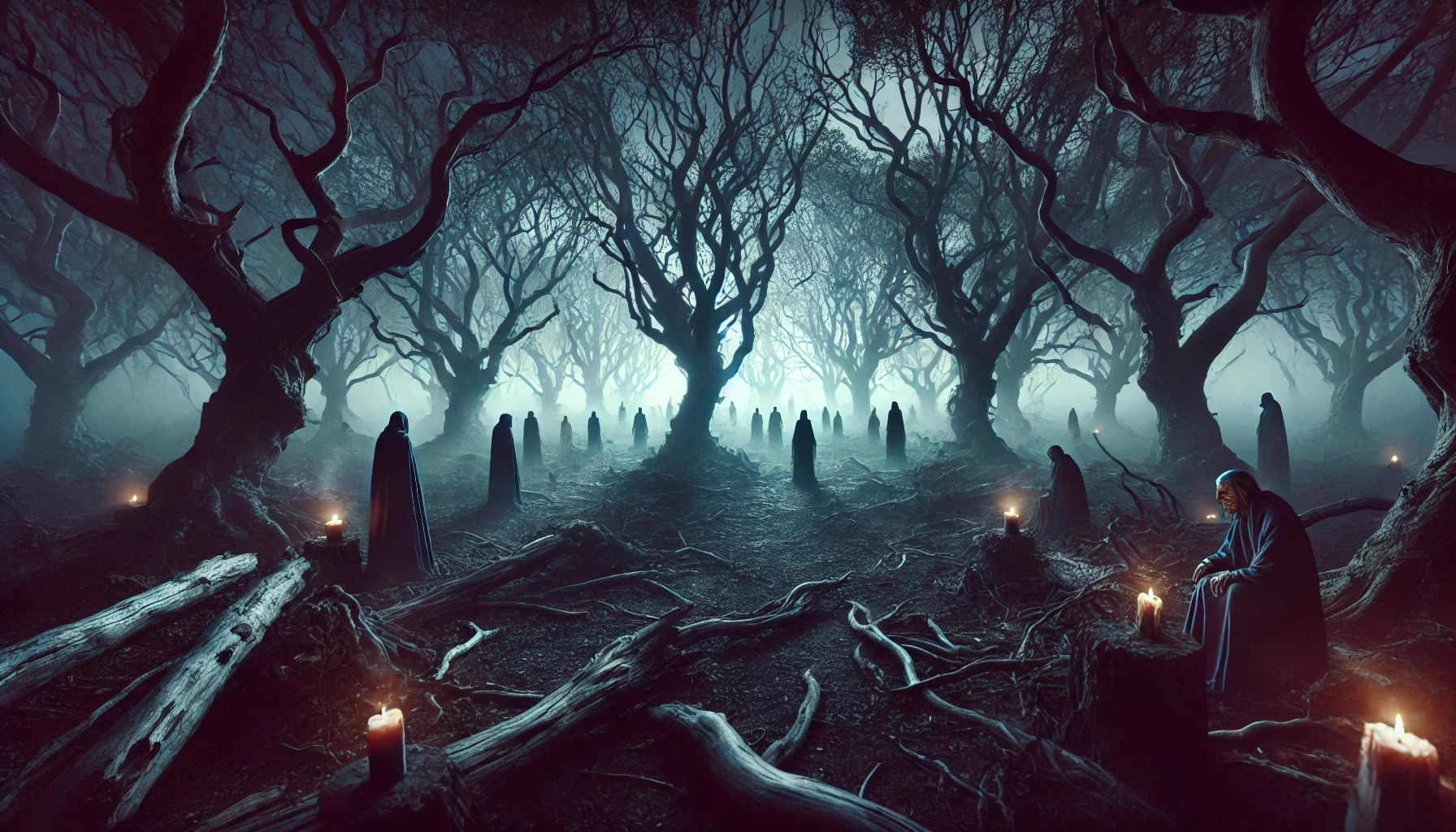By Someone Who Definitely Didn’t Summon Anything (Yet)
For most of the magically-inclined—or the spiritually nosy—the concept of “the veil” is familiar. It’s the gauzy membrane that separates the physical world from the unseen one. You know, ghosts, ancestors, spirits, entities that don’t care about your tax bracket. Traditionally, it thins at expected times: Samhain, Beltane, the usual magical high-traffic hours.
But lately, things have gotten… unscheduled.
Reports from witches, mystics, and unfortunate empaths suggest that the veil isn’t just opening on cue anymore. It’s cracking open like bad drywall during an earthquake—abrupt, messy, and probably your fault.
The Unscheduled Veil
It turns out, liminal energy isn’t great at timekeeping. Sometimes, spiritual rifts appear on seemingly ordinary days, ones not connected to any solstice or equinox, just… open for business.
Take, for example, the assassination of Abraham Lincoln—yes, that Lincoln, ghost enthusiast and tragic theater-goer. He was reportedly obsessed with dreams and premonitions in the days before his death. He told his aides about a vision of people weeping in the White House, only to find out he was the one they were mourning. Spooky? Sure. Coincidence? Maybe. But ask any occult historian, and they’ll raise an eyebrow so hard it becomes astral.
What if the veil didn’t predict his death… but enabled it?
Symptoms of a Sneaky Shift
So how do you know the veil’s been playing hooky? Oh, don’t worry. It’ll let you know, just not in the helpful way.
- You dream of people you’ve never met, and they talk like you owe them something.
- Your phone glitches only when you’re talking about the dead.
- You walk past a mirror and don’t see yourself—but you’re still there.
- That cold spot in the room? It follows you now.
- You hear a knock at the door. But no one’s there. Except maybe something that used to be.
If that sounds like a normal Wednesday, congratulations. You’re haunted. Or extremely dehydrated.
Why Spirits Drop In Unannounced
Not every spirit has a day planner. Sometimes they show up for personal reasons. Sometimes, they get pulled through by strong emotion, unresolved grief, or your recent attempt to “just try that one candle spell from Pinterest.”
A rogue veil moment might occur when emotional or planetary intensity spikes. Or maybe when enough people simultaneously ask, “Hey, wouldn’t it be crazy if Lincoln was still hanging around?”
How to Respond to an Uninvited Veil Party
- Light a white candle. Or your phone flashlight if you’re out of candles and out of hope.
- Salt the edges of your space: doors, windows, that haunted espresso machine.
- Say firmly: “This is my space. You are not welcome unless I say so.”
- Leave an offering. Spirits love snacks. Especially ghost bread.
- Do not, under any circumstances, ask who’s there. You really don’t want to know.
Real-Life Reports (Allegedly)
“Had a dream I was in the White House. Lincoln was pacing. I asked him what was wrong and he just said, ‘They’re back.’ Then I woke up and my hallway smelled like woodsmoke.”
—@spirit_lurker
“The candle flared up when I said his name. I wasn’t even trying to summon Lincoln. I was talking about the penny.”
—Anonymous, out of respect for Abraham
“My mirror fogged up from the inside. I live alone. Unless you count the top hat on the coat rack that I did not put there.”
—Sasha, probably cursed now
The Final Warning You’ll Ignore Anyway
Magic doesn’t care if it’s convenient. Portals don’t RSVP. And sometimes, the veil just rips a little, like an old curtain in a storm—and whoosh, here come the ghosts. One might even look a little presidential.
So the next time the air feels too heavy, and you swear you smell a Civil War-era cologne: light the candle. Close the door. And for the love of all things spectral, don’t say, “Is someone there?”
Because maybe… Honest Abe is.



